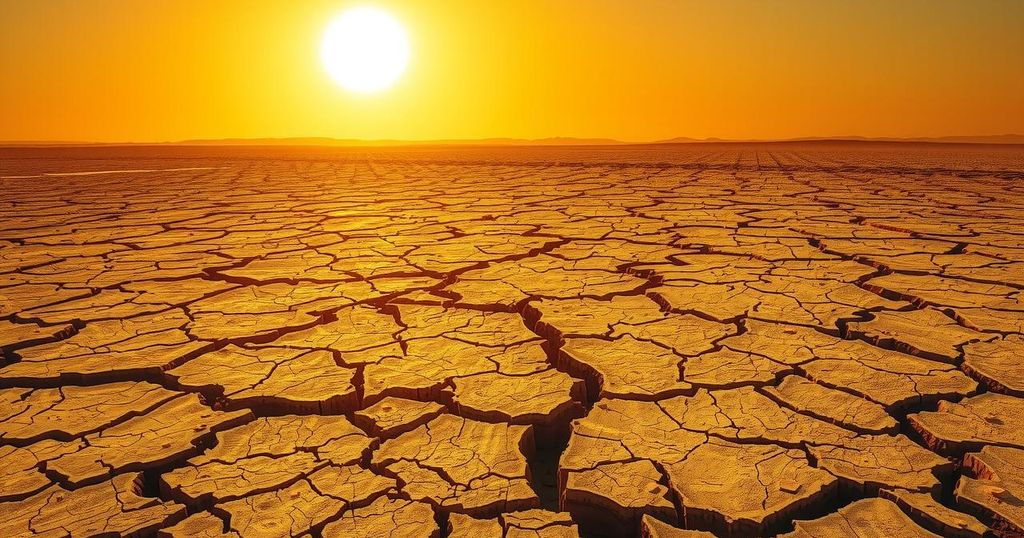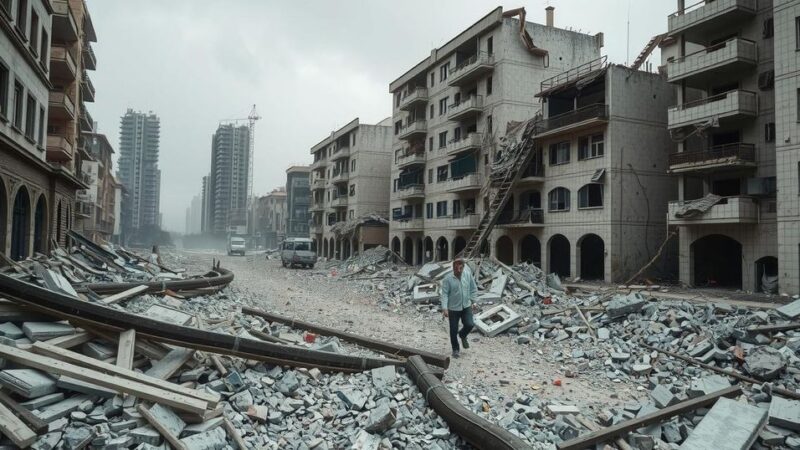Climate change has heightened the likelihood and intensity of heatwaves in South Sudan, leading to temperatures exceeding 40 degrees Celsius. This situation is particularly challenging for women and girls, who face increased burdens during extreme heat. Amidst ongoing political instability, the population is advised to remain indoors, although many work outdoors with limited resources.
A recent study indicates that climate change has significantly contributed to the heatwave currently affecting South Sudan, making extreme temperatures—particularly over 40 degrees Celsius (104 Fahrenheit)—more frequent. The report highlights that this environmental crisis further exacerbates the vulnerable situation of women and girls, who are already facing challenges due to ongoing political instability and economic hardships since the country’s independence in 2011.
The heatwave’s impact is severe, leading to the closure of schools in the capital, Juba, due to health concerns with an average of twelve students collapsing daily from the heat. The government’s findings align with the research affirming that climate change has increased heat levels by at least 2 degrees Celsius and heightened their likelihood tenfold, emphasizing a dire situation for an already struggling nation.
Dr. Kiswendsida Guigma, a climate scientist, noted that climate change is further complicating life for citizens amidst financial difficulties and instability. In South Sudan, many residents work outdoors and live in homes without air conditioning, worsening the effects of the ongoing heatwave. Additionally, the country grapples with limited access to drinking water and a mere 8.4% access to electricity as of 2022.
The study cites a significant impact on women and girls, as they traditionally handle tasks such as collecting water and cooking, often requiring them to venture outside during extreme heat. Elizabeth Lodou Lochapio from Kapoeta emphasized this burden, stating, “They have to go out there to make a living despite the heat wave.” Furthermore, Sarah Kew, a researcher, pointed out that such hazardous heatwaves have become the “new normal,” occurring every two years, posing substantial challenges for the population. The heat is anticipated to persist throughout March, complicating daily life further.
The study underscores the acute link between climate change and the increasing frequency and intensity of heatwaves in South Sudan, with women and girls disproportionately bearing the brunt of these environmental impacts. This situation is compounded by the country’s ongoing political and economic instability. As heatwaves become the new normal, urgent action is needed to address both climate adaptation and support for vulnerable populations in South Sudan.
Original Source: www.france24.com






